8 Top-Rated Tourist Attractions in the Jezreel Plain
Frequently referred to merely as HaEmeq (The Valley), the large and fertile Jezreel Plain extends southeast from the bay of Haifa to the Jordan Valley. Called the Plain of Esdraelon in the Old Testament, the region has a long and illustrious history. It was populated and fought over for centuries due to its strategic significance on the trade routes and the fertility of the land. Today, the remnants of this history are scattered across the valley, from the major tourist attraction ruins of Megiddo and Beit Shean to the churches of Mount Tabor.
1 Megiddo
Forever immortalised as the place of Armageddon thanks to St. John's writings in the New Testament's Revelations, Megiddo is said to be the place where the world's last battle will take place. This ancient site has already been through the wars a few times in its long history. Megiddo was an important stronghold in ancient times thanks to its strategic situation, situated at the mouth of the valley where the road divides into a western branch heading for Tyre and Sidon (in modern Lebanon) and an eastern branch making for Damascus and Mesopotamia. The extensive ruins have been thoroughly excavated here and include an Eastern Temple andDouble Temple complex as well as an extremely well-preserved water system that dates back to the 9th century BC. The site is well laid out, and due to helpful information signs dotted around the ruins and a goodmuseum, even those with a woolly sense of history will enjoy a visit here.
Location: 12 kilometers west of Afula
- Read More:
- Exploring Megiddo: A Visitor's Guide
2 Mount Tabor
Mount Tabor plays an important religious role, for Christians believe it to be the site of Christ's Transfiguration. This pilgrimage center is home to both aFranciscan Monastery and the Basilica of the Transfiguration, which, even if you're not religious, is worth a visit for its gorgeous mosaics. The views across the surrounding countryside are stunning from the summit and there are plenty of hiking opportunities in the area.
Location: 21 kilometers northeast of Afula
- Read More:
- Exploring Mount Tabor: A Visitor's Guide
3 Mount Gilboa
Mount Gilboa was the scene of one of Jewish history's tragic events. It was here that King Saul assembled his army for battle with the Philistines and was defeated, as the witch of Endor had predicted. Saul's sons Abinadab and Malchi-sua were killed, and Saul, in despair, fell on his sword. Today, this mountain (508 meters) is a great spot for nature-lovers with the more gentle pursuits of walking and wildflower spotting the main activities. It also makes a lovely road trip as a winding track runs up to the peak with awesome views across the Jezreel Plain.
4 Gan HaShelosha National Park
Under the north side of Mount Gilboa is Gan HaShelosha National Park ('Park of the Three'), which is home to a cache of relaxing pools and natural waterfalls formerly used to drive a watermill. On summer weekends, this is a popular spot for picnicking locals, and the pools are packed with people enjoying a refreshing swim to escape the heat.
5 Beit Shean National Park
According to the Talmud, 'If the Garden of Eden is in Israel then its gate is in Bet Shean'. The extensive Roman ruins here are the largest and best preserved in the country and are a fascinating place to visit. There is evidence that the history of the site goes back to the 4th millennium BC, although what you see in front of you is the Roman era city with its theater,amphitheater, and atmospheric colonnaded streets. If you only see one archaeological site in Israel, make it this one.
Location: 26 kilometers south of the Sea of Galilee
6 Belvoir Castle (Kokhav HaYarden)
Rising above the valley plains are the ruins of this Crusader castle built by the French Knights Hospitallers and named Belvoir for the views. The knights acquired this territory in 1168 and went on to build one of the strongest frontier fortresses in the Frankish kingdom. In 1187, it withstood an attack by Saladin, although two years later, the knights were forced to surrender the castle on the promise of safe passage to Tyre. Fearing the Crusaders might regain possession of the castle, the Arabs decided to destroy it in 1219, and although the Crusaders did indeed recover the area in 1241, the castle was never rebuilt. The ruins here are incredibly atmospheric, surrounded on three sides by a moat and with outer walls in the form of a pentagon reinforced by seven towers. On the ground floor, you can still make out the areas that would have acted as store rooms, kitchen, and dining room, and that branched off an inner courtyard, which is thought to have been roofed over originally.
7 Beit Alpha Synagogue
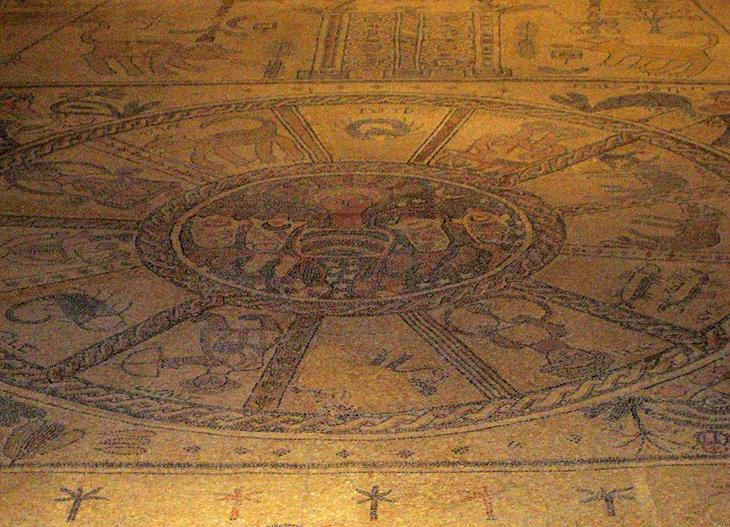
Inside this 6th century synagogue is a beautiful and completely preserved mosaic floor that all art-lovers should make sure they include on their travel itinerary in the Jezreel Plains region. The mosaic was found by chance in 1928 during the construction of an irrigation canal on the neighbouring kibbutz of Hefzi Bah. It ranks with the mosaic at Tiberias-Hammat in the Galilee region as one of the most important synagogues built during the Byzantine era.
The synagogue is a three-aisled building with a semicircular apse for the Torah shrine at the southern end. The mosaic pavement in the central aisle is in three parts. Just inside the doorway is a representation of Abraham's sacrifice with the bearded figure of Abraham, in a long robe, holding the sacrificial knife in his right hand and his son Isaac in the left. The middle mosaic is dominated by a cosmological theme with the sun god Helios, in a chariot drawn by four horses, surrounded by the 12 signs of the Zodiac. The panel at the far end shows the Torah shrine in the center flanked by seven-branched candlesticks. This merging of themes from the Zodiac and Judaism is also found in the synagogue at Tiberias-Hammat, but while the Tiberias-Hammat mosaics are works of consummate artistic skill, these at the Bet Alpha Synagogue are drawn in a plainer, more popular, form.
Location: Beit Alfa kibbutz, 6 kilometers west of Beit Shean
8 Ma'ayan Harod National Park
Ma'ayan Harod National Park is near the village of Gidona at the foot of Mount Gilboa. The artificial lake here is surrounded by shady eucalyptus trees and is the source of the Harod River. The spring is believed to be theWell of Harod at which Gideon selected the 300 men with whom he defeated the Midianites. In the middle ages, this was also the scene of another battle when in 1260, the Mameluke general Baibars won a decisive victory over the Mongols here. Today, the national park is a great spot for swimming, camping, hiking, and generally enjoying nature.
Location: 10 kilometers southeast of Afula
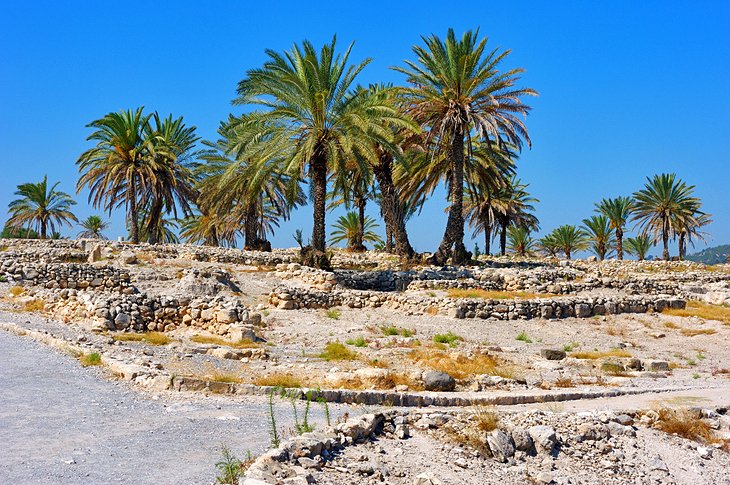
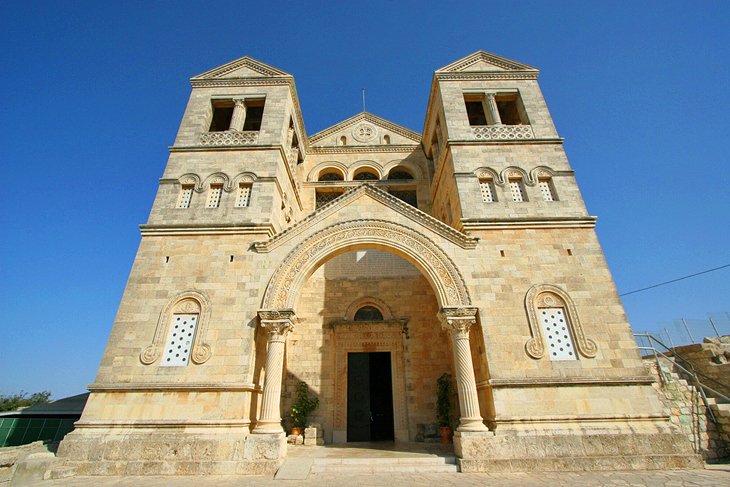
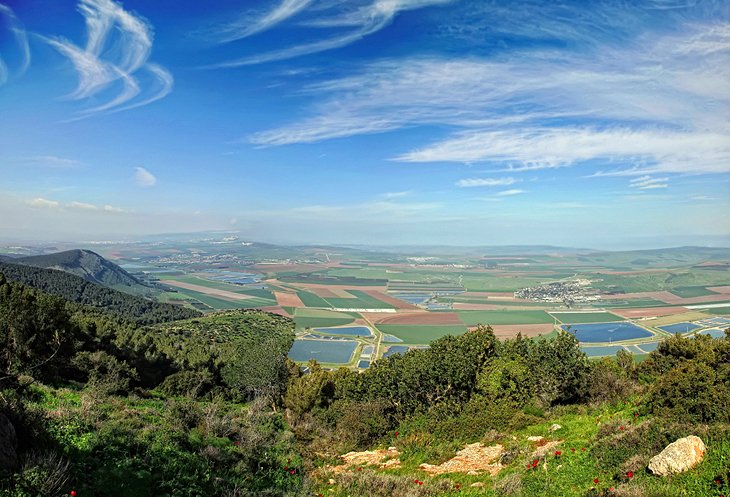
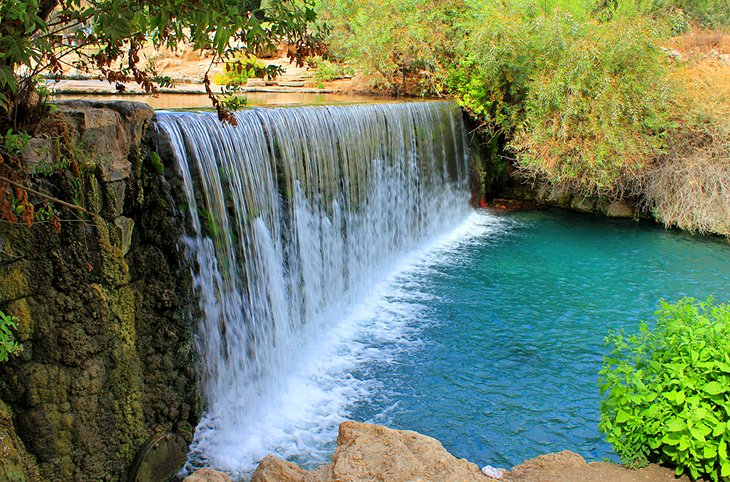
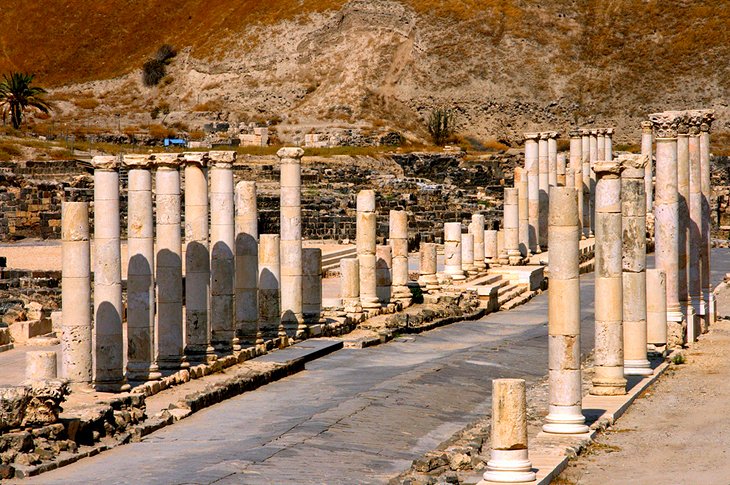
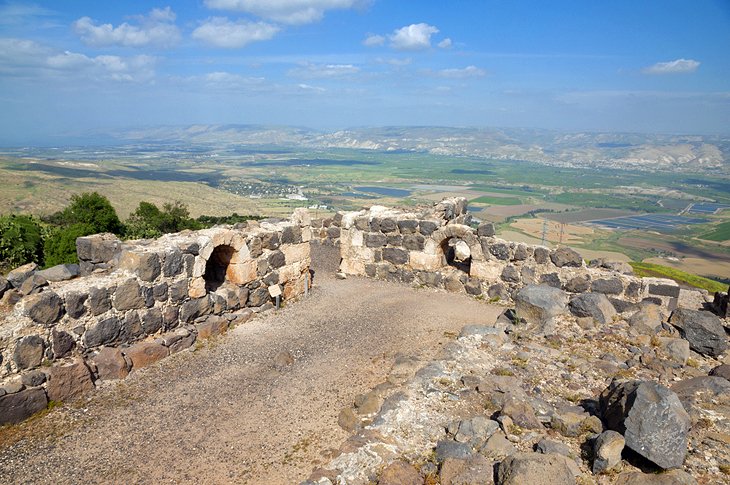
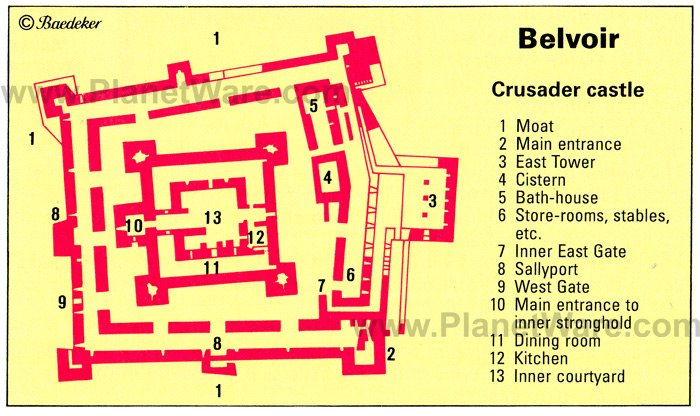
No comments:
Post a Comment